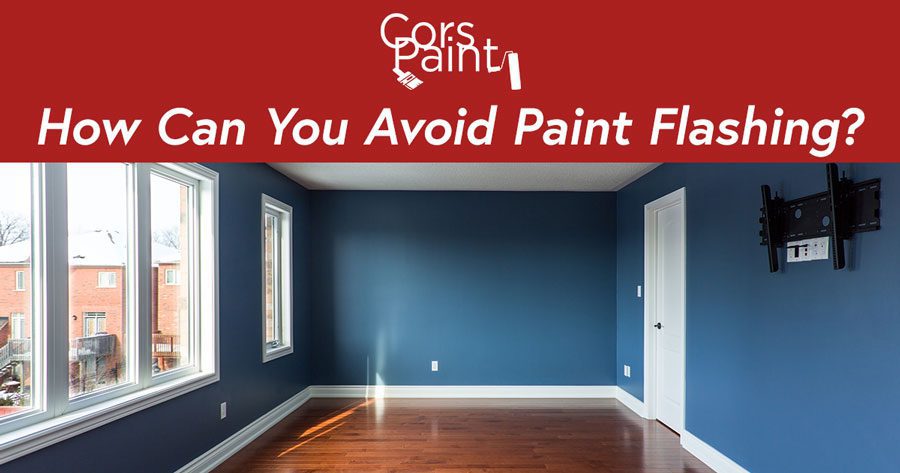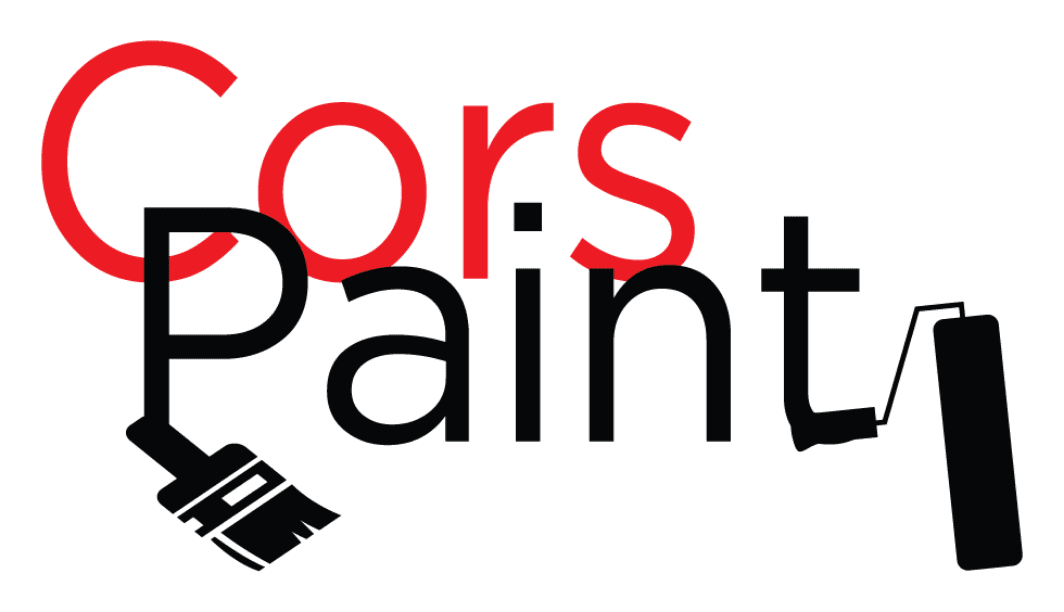When it comes to painting your home, quality is of the utmost importance. If the job isn’t done well, your walls will be an eyesore rather than a beautiful backdrop. It may seem easy to get those beautiful, Pinterest-worthy results, but the truth is that painting isn’t as simple as it seems. Trying to do it yourself can result in blemishes, streaky walls, or uneven color.
One of the most common mistakes we see as a result of DIY paint jobs is a wall with shiny patches that don’t match the rest of the surface. This is called paint flashing, and it may mean you’ll have to redo the entire job.

What Is Paint Flashing?
Paint flashing is a shiny spot on your wall that doesn’t match the rest of the surface. When light reflects off this spot, you will see a shimmery effect where the color doesn’t blend. There are several reasons this may happen:
Drywall repairs
If a drywall repair isn’t textured correctly, it won’t match the rest of the wall when you paint over it.
Lack of primer
Quality primer ensures that paint goes onto the wall evenly. If you don’t use primer or you use poor quality primer, you’ll have paint flashing.
Incorrect cut-in technique
If you cut in after you roll the rest of the wall, you will often see flashing where the brushed area meets the rolled area.

How Can You Avoid Paint Flashing?
We always recommend contacting a professional paint crew to avoid issues like paint flashing. Painting isn’t as easy as it looks, and paint professionals know exactly how to prep your walls, what products to use, and how to apply them correctly for the best results.
At CorsPaint, here’s what we do to prevent paint flashing and give you a beautiful, professional result.
Use the correct products for drywall repair – For minor cracks and holes in the drywall, we recommend a product called 3M Patch Plus Primer to avoid flashing. This product includes a primer solution, dries in minutes, and ensures that you won’t see any evidence of the repair after paint is applied.
Apply products correctly – When repairing drywall, we apply the product with a putty knife, wait for it to dry, and then sand smooth. While this process isn’t difficult, it does take some know-how to ensure that there aren’t any bumps or uneven textures in the wall when finished.
Use quality primer – We cannot emphasize this enough: don’t skip the primer! Primer ensures that your paint job results in rich, even color across the entire wall surface. For small spot repairs, you can use a spray primer to get the job done quickly.
Use correct painting technique – Incorrect technique leaves walls looking streaky, patchy, or with visible paint flashing or roller marks. At CorsPaint, we avoid these problems by following best practices for which areas to paint first, how to handle cut-in and trim, and how to make sure paint dries evenly for a flawless finish.

Call the Professionals for a Stress-Free Painting Experience
Paint flashing is just one of the many potential pitfalls that may occur with a do-it-yourself paint job. At CorsPaint, we have the experience and know-how to anticipate and avoid problems, so you get the best quality result. Our process includes an initial assessment to identify potential problem areas, wood rot repair and drywall repair as needed, a color consultation to ensure you love the end product, and a professional painting process that leaves your home looking fresh, beautiful, and flawless!
When you’re ready to give your home a new look, we make it easy and stress-free. Contact us today for your free house painting estimate!


0 Comments